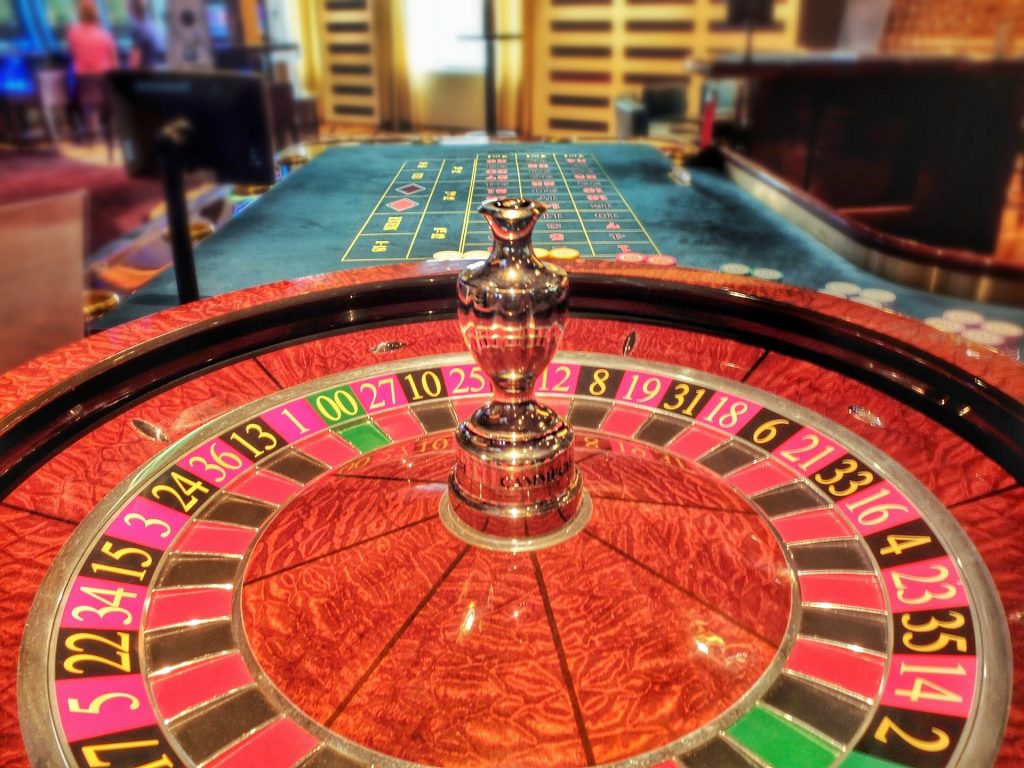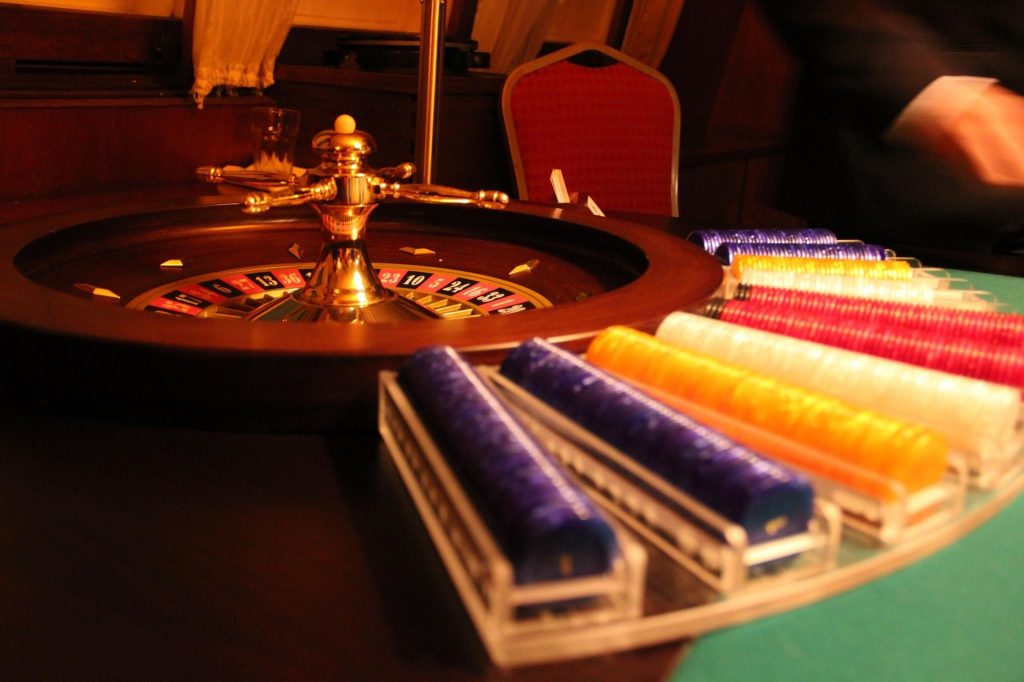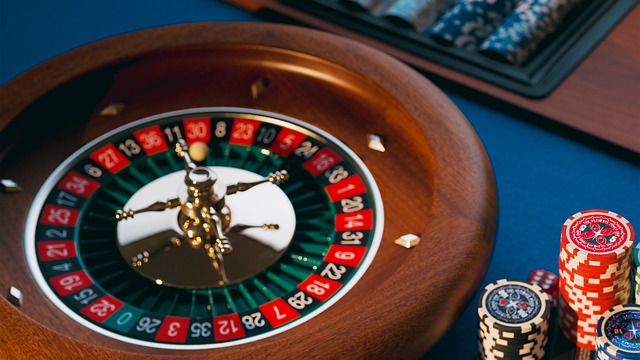The Martingale strategy is an old strategy that has not only been used in roulette. It dates back to the 18th century, when it was used in the simplest of games – heads or tails by coin toss.
Although no one is quite sure, the name Martingale most likely comes from a London casino owner named John Henry Martindale. This man was absolutely certain that the casino always had an advantage over the player, and would win in the long run. He therefore encouraged players in his own casino to double their bets at the roulette table every time they lost, in order to win back what they had lost.
If Mr Martindale had had Charles Wells as a customer in the late 19th century, he would hardly have appreciated it. Indeed, Wells became extremely rich by using the Martingale strategy. In just three days, he managed to turn 4,000 francs into a whole million at a casino in Monte Carlo.
How Martingale works

Martingale is a strategy that you can use quite easily at the roulette table. You simply double your bet every time you lose a bet, and go back to your original bet every time you win a round. It is important to know that with Martingale you should only play on options that return double the bet. These are, for example, even/odd numbers or red/black colour. This is possible in all versions of roulette, and Martingale can therefore be used no matter what type of roulette you are playing. Let’s take an example of using the strategy:
You choose to place your first bet of 10 crowns, and bet it on the colour red. The ball now lands on red, and you win. This means that you don’t have to change the bet, as it always has to be reset to the original one when you win. Therefore, you once again place 10 crowns, which you end up losing. In case of loss, a bet must always be doubled, which means that you now have to bet 20 crowns in the following round. You bet 20 crowns and end up losing again, which means you now have to double the bet once more to 40 crowns. On this bet you finally win again, and now reset your bet to the original 10 crowns. This means that your bet in the next round is now 10 crowns, which again has to be doubled if you lose.
By always doubling your last bet on a loss, a winning round will always end in a total profit on your original bet. In the example above, you lost 10 + 20 crowns after you got your first win, and then won 80 crowns after you placed your next winning bet of 40 crowns. If we add up the bets with the losses, we get 80 – 70 (10 + 20 + 40). This gives us a total profit of 10 crowns, which also corresponds to the initial bet.
Advantages and disadvantages
The obvious advantage of using the Martingale strategy is that you will always end up with a profit equal to your initial bet, as long as you keep doubling your bet on losses. The disadvantage is that the stakes you have to place quickly become very high when you hit a losing streak, and at some point hit stake levels that are higher than you can afford to place. You can also risk hitting the betting limits of the table you’re playing on. Whether you’re playing at an online casino, via Live Casino or in a land-based casino, there are set wagering limits. Therefore, in some cases, you may have enough money to use the strategy, but will instead be limited by the casino’s rules.
At nine losses, you have already reached extremely high amounts, as you need to place a bet of as much as 5,120 crowns to win 10 crowns. You’re probably wondering now what the chances of losing nine times in a row are? It happens about 1 in 1000 times, so not very often. However, it does happen, and it will happen at some point. Therefore, the chance of losing all the money is high.
Should I use Martingale?

Whether or not it’s a good idea to use Martingale depends on how much money you have, how willing you are to lose it, and what your goal is in playing roulette. Let’s take a look at the chances of winning with and without the use of Martingale:
With 30 spins at the roulette table, where every bet you place is 10 crowns on red, whether you lose or not, you will end your game with a profit 46% of the time on average when you play. If you use Martingale, the probability of making a profit on these 30 spins will increase to 82%. The chance of profit not only increases, but the amount you will win will also be on average five times higher. This might sound amazing. The downside of Martingale, however, is that the times you lose, your average losses will be 30 times higher than if you didn’t use this strategy.
Martingale is a great strategy to use if you think it’s worth getting a higher chance of profit when you play, at the expense of the significantly higher cost when you lose. This is not the case with other roulette strategies. If you decide to use the strategy, it is important to have enough money to cover longer losing hours, and as always be prepared to lose it all. The more money you have, the higher the chance of winning, but it will also result in higher losses when there is too long a losing hour.
Conclusion
Martingale is a strategy that in theory works perfectly, but in reality is stopped by your own budget or the casino’s bet limits. However, with a large enough budget, you will be able to end most of your games with a profit. The downside, however, is that the stakes quickly become very high, meaning you have to risk a lot to win a little. It’s also inevitable not to have losing streaks that are so long you lose all your money.
The strategy involves a high level of risk. It’s best suited to those who really want to increase their winnings, and who are prepared to lose all the money in the attempt if it ends in a losing streak.



